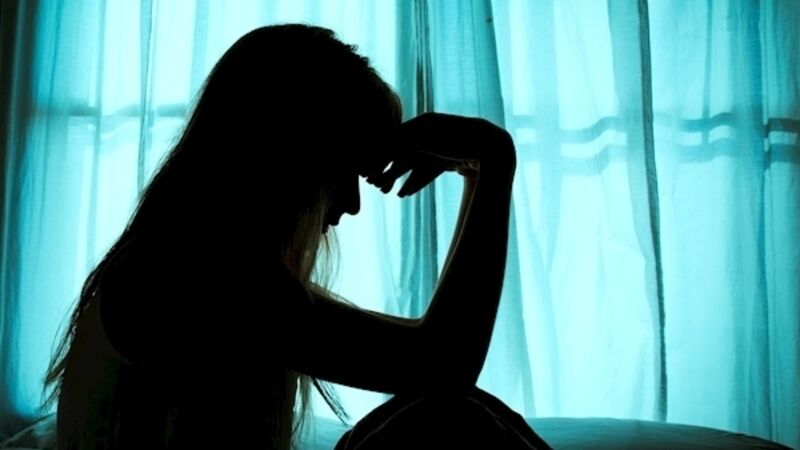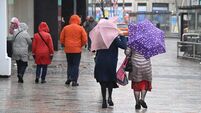Rate of self-harm much higher among young girls, research shows

Adolescents and young adults have the highest rates of self-harm, with levels reaching a peak among girls in their mid-to-late teens.
Research for the first six months of 2019, shows that the overall rate of self-harm was 27% higher among females.
Provisional figures from the National Self-Harm Registry Ireland (NSHRI) show there were 6,252 presentations to hospitals as a result of self-harm between January and June 2019.
This is 2% higher than the number recorded for the same period of 2018 (6,124).
The highest rates of self harm, for both males and females, was among adolescents and young adults. The figures show:
- The peak rate for females was 777 per 100,000 among 15-19 year olds;
- The peak rate for males was 519 per 100,000 among 20-29 year olds
In many age groups there was little difference in rates between genders.
“The exception was among 10-14-year-olds where hospital presenting self-harm was more than three times more common among girls compared to boys,” it said.
Presentations by adolescents aged 15-19 years were almost twice as common among girls as boys. This has been a consistent pattern in recent years.
It said that among 60-64-year-old females, the rate was almost twice that of males (111 and 59 respectively), which was consistent with the 2018 figures.
The NSHRI, based in UCC, is operated by the National Suicide Research Foundation and is funded by the HSE’s National Office for Suicide Prevention.
The report said that taking into account the population, the national rate of persons presenting to hospital following self-harm was 219 per 100,000 in the first six months of 2019, very similar to 2018.
Within that, the figures were 3% lower for males and 1% higher for females.
“The rate for females was 27% higher than the rate for males in the first six months of 2019,” it said.
The report said drug overdose was the most common method of self-harm, involved in 62% of cases.
Alcohol was involved in 31% of presentations (28% for females and 34% for males) and self-cutting in 30% of cases.
It said the incidence of self-harm was highest in Community Healthcare Organisation (CHO) Area 5 (South Tipperary, Carlow/Kilkenny, Waterford and Wexford) at 267 per 100,000, 24% and 22% higher for males and females than the national average, respectively.
Incidence rate was lowest in CHO Area 6 (Wicklow, Dun Laoghaire and Dublin South East) at 171 per 100,000, with the rate for males and females 30% and 16% lower than the national average, respectively.
“In the first six months of 2019, the incidence of self-harm was similar to that of 2018, following a period of increase since 2016,” the report said.
It said self-harm incidence varied geographically: "Priority should be given to areas with the highest rates of self-harm in terms of the provision of HSE resources aimed at reducing suicidal behaviours".









